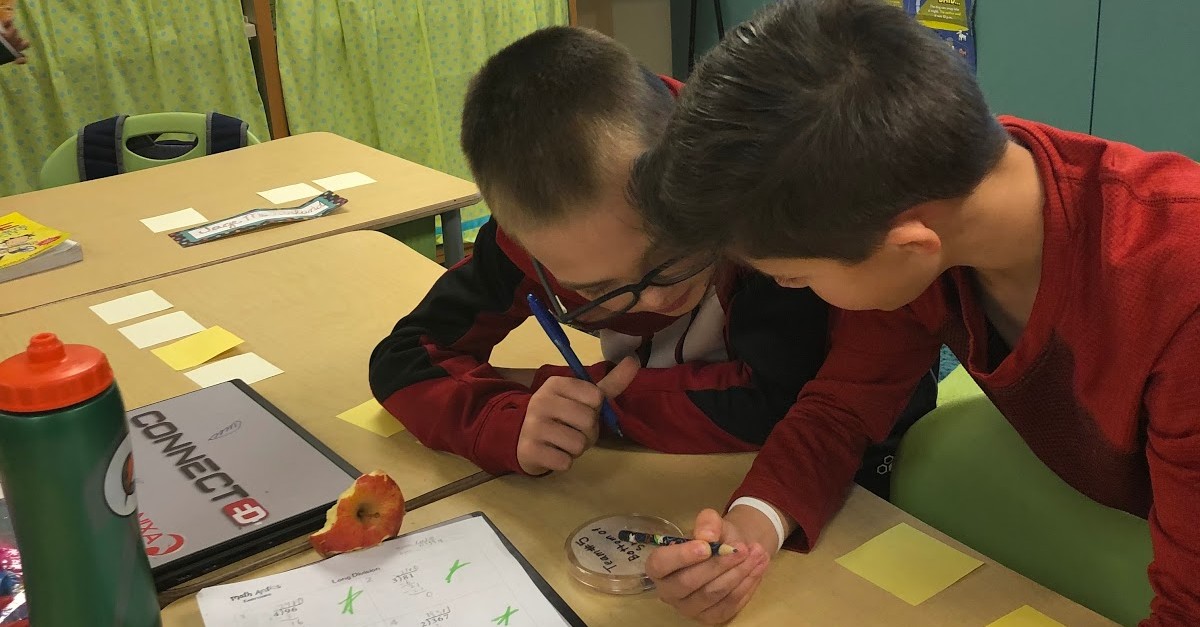Have you ever seen one of those pictures that looks different depending on your perspective? Look at it once and you see the profile of a young lady. Look at it again and there’s the image of an old woman. There are dozens of these pictures scattered across the internet. A painting that could be either a bird or a rabbit. A series of faces or a series of vases. The list is endless.
I’ve always been fascinated by these images because they speak to the power of creativity and critical thinking. Most people, when they look at one of these images, don’t get locked into their own perspective. Few believe that it’s impossible for the picture to display both a bird and a rabbit. Instead, we try to see the other person’s point of view. We allow ourselves to imagine what they are seeing and the set our mind to viewing the picture as they do.
This is what can be accomplished when creativity and critical thinking join forces. We’re able to look at things with a new perspective, empathize with others, and find new solutions to old problems. It’s no wonder then that creativity and critical thinking are the backbone of education. With a new school year now well underway, teachers are looking for new ways to introduce these qualities into their lessons. Here are just a few strategies to get students thinking while exercising their creativity and critical thinking skills:
- 3-2-1 Connect: Help students feel connected to the content with the 3-2-1 strategy. Have students share 3 things they already know about the topic, 2 things they want to know about the topic, and 1 way the topic connects to something they care about or 1 question they still have. It’s a simple strategy you can use with just about any content!
- Be a Skeptic: A skeptic questions statements and requires evidence in order to confirm an idea. Help students understand that informed skepticism is helpful to develop and refine ideas. Periodically, have them practice being a skeptic. Read students a statement from a newspaper or magazine. Encourage them to ask questions and to evaluate the evidence that is provided to them in the article.
- Create-a-Debate: Help your students disagree without being disagreeable by structuring a formal debate! Allow students to develop and express their understanding by having them either create or participate in a debate. When you’re done, they can reflect on how well they were able to engage in a respectful fashion!
- Make a Mascot: Help your students construct their understanding–literally. Assign them to use everyday materials to build a character that represents something you’re learning about. Have them explain the symbolism behind their construction as a way to probe their understanding.
If you found these ideas helpful, be sure to check out the full list of Strategy Explorations from Blue Apple. These resources are free to download and cover everything from classroom management to inquiry-based science. Above all, remember to challenge your students with lessons that will get them thinking outside the box. Use resources like project-based learning to mine their creativity and critical thinking. Then, show them how they can use what they’ve learned to make a positive impact on the people around them. You might just be surprised how these small strategies can grow into amazing ideas!

